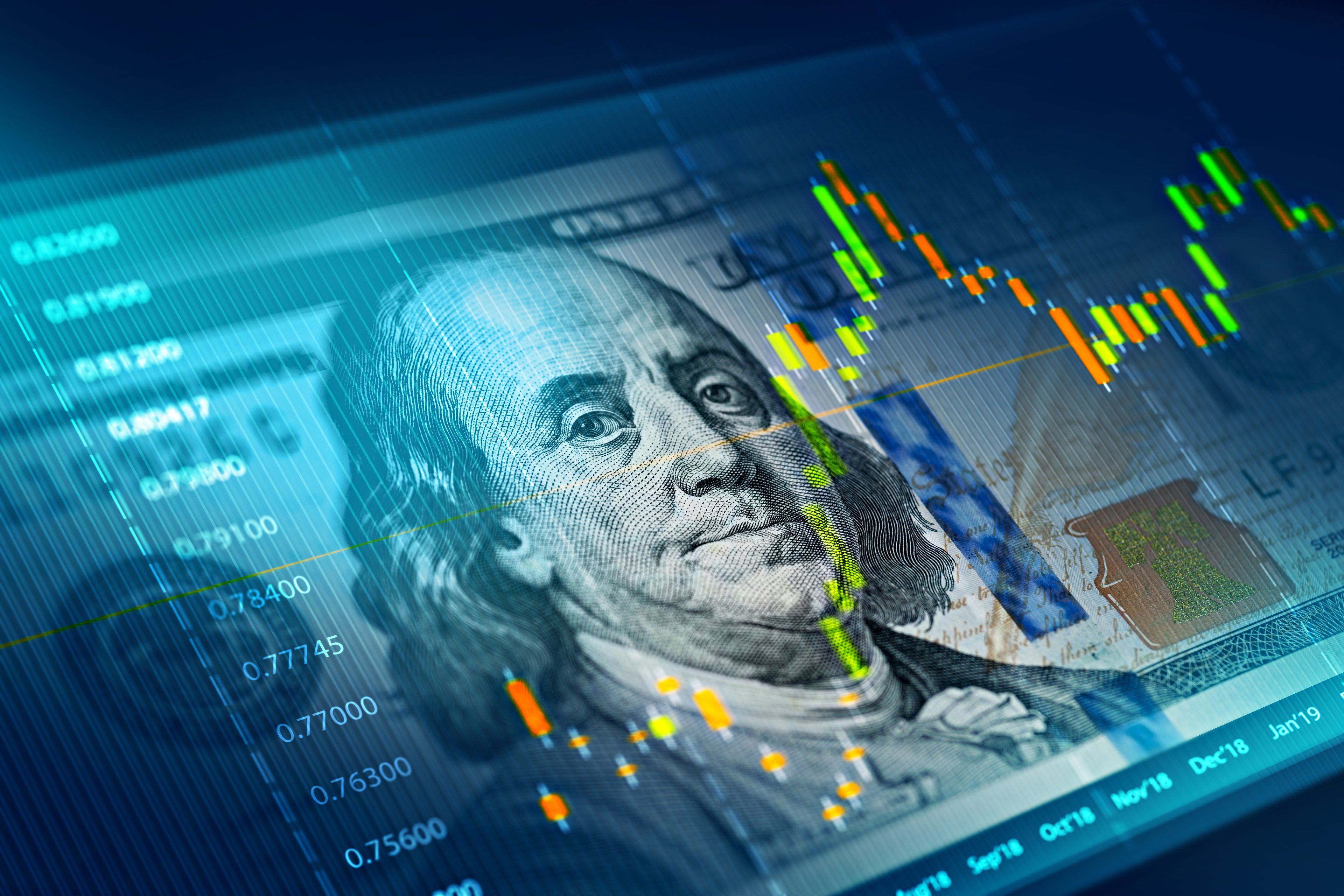Google (GOOG +1.05%) (GOOGL +1.15%) will report its third-quarter earnings after the closing bell on Thursday, Oct. 16. It's been one of America's five largest public companies for some time now, and a strong showing on Thursday could put it in an excellent position to surge into second place to trail only perennial rival Apple (AAPL +0.26%).
Less than $30 billion in market capitalization separates Google from ExxonMobil (XOM +2.02%), the second-largest company in America as of this writing, and with the oil industry in a rough patch, Google could easily reclaim second place for the second time this year -- it briefly outranked ExxonMobil in February.
The many moving parts in Google's massive corporate machinery are sure to give market-watchers a number of angles to analyze after Thursday's report, but some of them will be more important than others in the immediate aftermath of that report. Let's dig into some key details from Google's recent history now so that we'll be better able to assess its performance later this week.
Will declining costs per click catch up to Google this quarter?
Google's core advertising business -- once again responsible for roughly $0.09 of every $0.10 in revenue the company earns following its Motorola divestment -- has been for almost three years now driven entirely by surging volume. The upcoming third quarter is likely to be Google's 12th consecutive quarter of delivering at least 20% more paid ad clicks while generating less revenue per click:

Sources: Google earnings reports.
The divergence of paid clicks and costs-per-click has resulted in a slowdown in Google's overall growth rates. Google has been one of the world's greatest growth stories since its formation 16 years ago, but its year-over-year top-line growth hasn't surpassed 20% for five quarters. And save for last quarter's big post-divestment surge in EPS (Motorola had been a drag on earnings), Google's adjusted EPS hasn't grown by more than 20% since the third quarter of 2011 -- you'll notice that this was also the last quarter in which costs-per-click rose alongside paid clicks:

Sources: Google earnings reports.
Double-digit growth rates are still nothing to sneeze at, even if they're 10% rather than 25%, but Google is already at the high end of its valuation range with a P/E of 28.2. A larger than usual decline in costs-per-click, particularly if it comes paired with weak growth in paid clicks, could set investors up for major disappointment this Thursday.
Will Google's capital expenditures keep soaring?
Maintaining the world's most popular search engine isn't cheap. Google's relentless drive to compile and understand the world's information has built what may be the world's most powerful distributed supercomputer, as technologist James Pearn has estimated that Google operated 1.8 million servers cranking out 40 petaflops of computing power in 2012. That figure is certainly much larger today, as Google has spent more than $15.5 billion on capital expenditures since the start of 2012.
That spending has consequences, of course. Google's free cash flow has declined on a year-over-year basis in each of the past six quarters, and comments in the company's last earnings call indicate that this is likely to continue for the time being.

Source: Google earnings reports.
This isn't to say that Google is risking running the cash well dry with all this spending, but it is worth watching, as flatlining free cash flow is another indicator of a company transitioning from fast growth to maturity. Another indicator of this transition is a company constantly on the hunt for new acquisitions, and with one of the world's largest war chests, Google has more than enough ammo to take down nearly any target in its sights. But what impact will those inevitable buyouts have on Google's bottom line?
Will Google deploy its huge cash hoard on another big buyout soon?
Google's spent billions on its data centers, but it's also spent billions to buy out companies that might help it grow, and it's about to spend billions more. With nearly $60 billion in its war chest, Google has more cash on hand than all but two companies in America, and despite some highly public and very expensive acquisitions in recent years -- it's bought 111 companies at a cost of at least $21.5 billion since the start of 2010 -- that hoard has more than doubled over the past four and a half years.
Google has also pledged to invest between $20 billion-$30 billion of its offshore holdings in new acquisitions going forward, but none of the company's prominent buyouts since that late-2013 pledge have been of companies abroad. Nonetheless, Google's managed to spend roughly $5 billion on four major acquisitions in 2014: smart-thermostat maker Nest Labs for $3.2 billion, AI innovator DeepMind Technologies for $800 million, satellite imaging specialist Skybox for $500 million, and security camera maker Dropcam for $555 million.
All these moves, and all the billions Google's spent on buyouts, have done nothing to change the fact that it's still reliant on ad revenues. That's down from 96% of all revenue a few years ago, but Google investors have been watching for years to see what tricks Google might have up its sleeve to become a less ad-dependent company. We're not likely to see any major news in Google's upcoming report toward this end, since most of its major acquisitions are either folded into existing services or are currently contributing little in the way of revenue, but we might at least see some hints as to where it might be looking to deploy its cash hoard next. If Google does drop any such hints, it could easily be the most interesting part of its third-quarter report.









